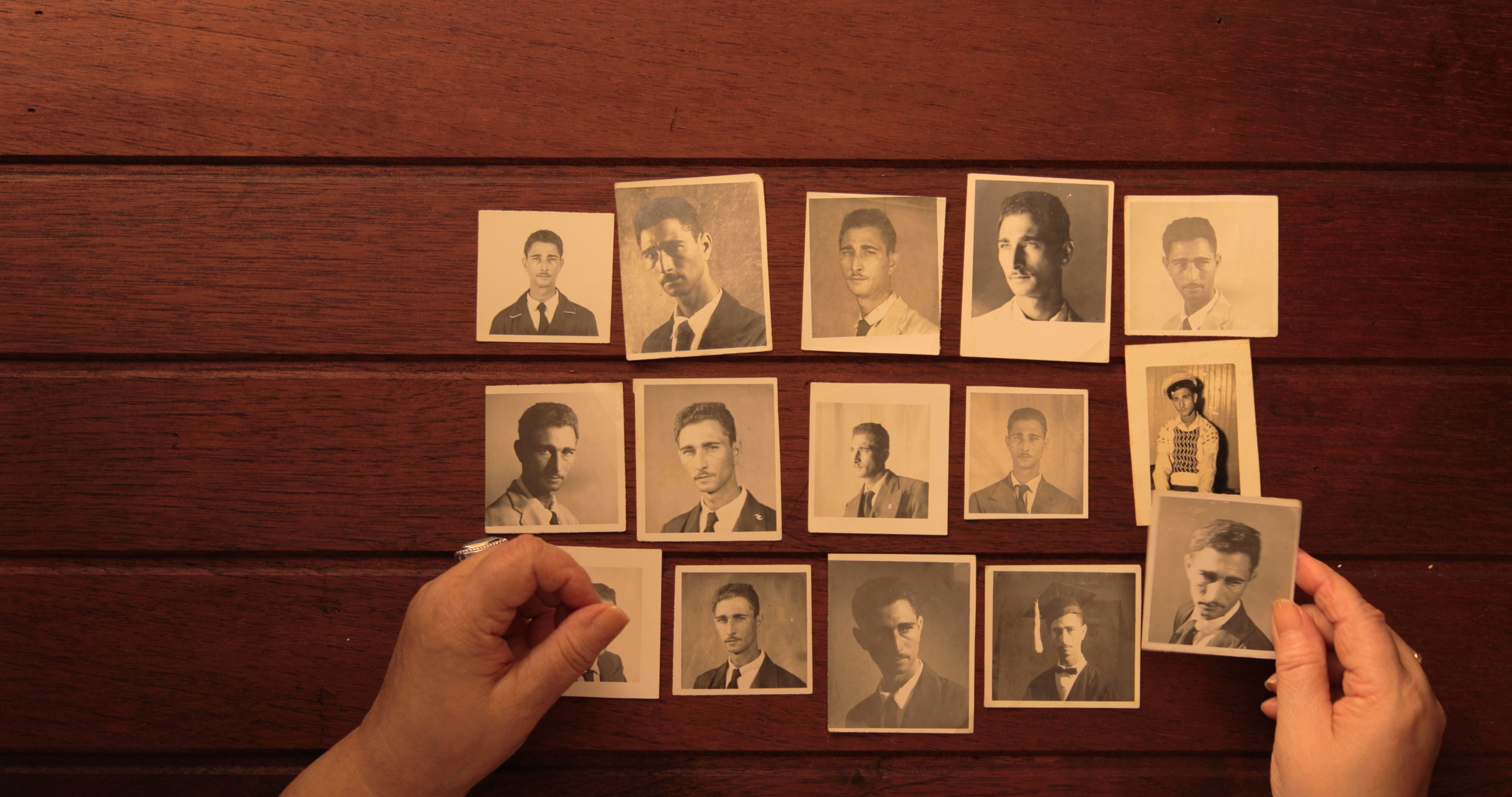Scientists in Tel Aviv Discover the Origin of a Serious Skin Disease
 | Scientists in Tel Aviv Discover the Origin of a Serious Skin Disease Only now, after nearly 200 years since it was first described, Israeli researchers and others have discovered the genetic bases of the serious skin ailment pitiriasis rubra pilaris (PRP), also known “Devergie’s disease,” which affects people all around the world. “More importantly, mutations in CARD14 are found only in one portion of PRP patients although it was also recently discovered by a group in the United States in a subset of patients with psoriasis… After more than a decade, leading researchers from Tel Aviv’s Sourasky Medical Center, finally identified mutations in the CARD14 gene which codifies a very important regulation of skin inflammation. Mutations associated with PRP cause increased inflammation of the skin due to an abnormal functioning of CARD14. It is believed that one in 5,000 people are affected by PRP. The team – led by the head of the dermatology department, Professor Eli Sprecher and Dana Fuchs, a Ph.D. student in his laboratory – published the article on Sunday in the “American Journal of Human Genetics.” “The discovery of the PRP gene was a long and chaotic trip, with lots of little dead ends and false routes; at some point, we were unsure if all of the participating families had the same disease,” they wrote in the article. PRP was thought to be an immunological disorder of the skin, but in reality it is due to a defective gene of the epidermis, the outer layer of the skin. The skin disease can cause areas of the skin to turn reddish-orange, scabs to form on the skin and face, itching, serious scaling and thick bumps that form along the hair follicles of the head. Although the majority of patients are older than 50, the illness can also attack younger people. It affects all races and nationalities, men and women. The CARD14 protein is strongly expressed in the skin, said Dr. Sprecher: “This really changed the focus of our attention to the immunological system of the skin. The skin is normally perceived as a passive victim of an abnormal immunological activation in inflammatory skin diseases such as PRP and psoriasis. In reality, it can play a more important, almost essential role.” “More importantly, mutations in CARD14 are found only in one portion of PRP patients although it was also recently discovered by a group in the United States in a subset of patients with psoriasis. It does not matter how you look at the similar circumstances, these two groups in reality signify a new medical entity of individuals affected by two different illnesses that were always thought to be related to separate conditions, but, in reality, are caused by the same genetic defect,” continue Dr. Sprecher. The discovery was made thanks to an intensive study of four affected families, three in the United Sates and one in Holland, all of whom suffered from PRP. The condition affects Israelis the same way it affects other people around the world. This is not the first time that genetics is redefining a classification in dermatology but it might be one of the first discoveries that possibly has important therapeutic implications, added Dr. Sprecher. “In reality, the mechanism found, which is defective in our patients, suggests that they might respond better than others to known treatment by interfering with the path that was discovered to be hyperactive in our research.” Sprecher told the Jerusalem Post on Sunday that some of the people who were thought, in the past, to have PRP in reality have a different skin disease – a type of psoriasis, caused by the same genetic mutation. However, not everyone with psoriasis has this genetic defect, he said. One sign of this is that some of the patients reacted positively to phototherapy while others got worse with the same therapy. “Once the involved gene is isolated and we learn the molecular path of it, we can know better what treatment to use for it. There are side effects involved but it is worth it,” said Sprecher. Among the possible medication are injections of antagonistic tumor necrosis factors and interleukin1 antagonists. The research team included Ofer Sarig of the Sourasky Medical Center, Noam Shomron of the Universit of Tel Aviv, Maurice van Steensel of the University of Maastricht, Jouni Uitto of the Thomas Jefferson University, Philip Fleckman of the University of Washington and Gabriele Richard of GenDx.
By: Judy Siegel-Itzkovich | |

Related News
-

(Versión en español) Realizan presentación especial del documental “El Fotógrafo de La 40”, de Erika Santelices y Orlando Barría en Fine Arts Novo-Centro
-

(Versión en español) Grito de Mujer 2024 República Dominicana: El grito interactivo
-

(Versión en español) Star Distribution estrena en cines de México “CANTA Y NO LLORES”, nueva comedia dominicana protagonizada por Consuelo Duval, Michelle Rodríguez y Lumy Lizardo
-

(Versión en español) Museos estatales de SD permanecerán abiertos en Semana Santa para el disfrute familiar
-

Dominicanos en Grandes Ligas
Las ultimas noticias/novedades de lo que acontece con los Dominicanos en las Grandes Ligas durante toda la temporada 2019.


